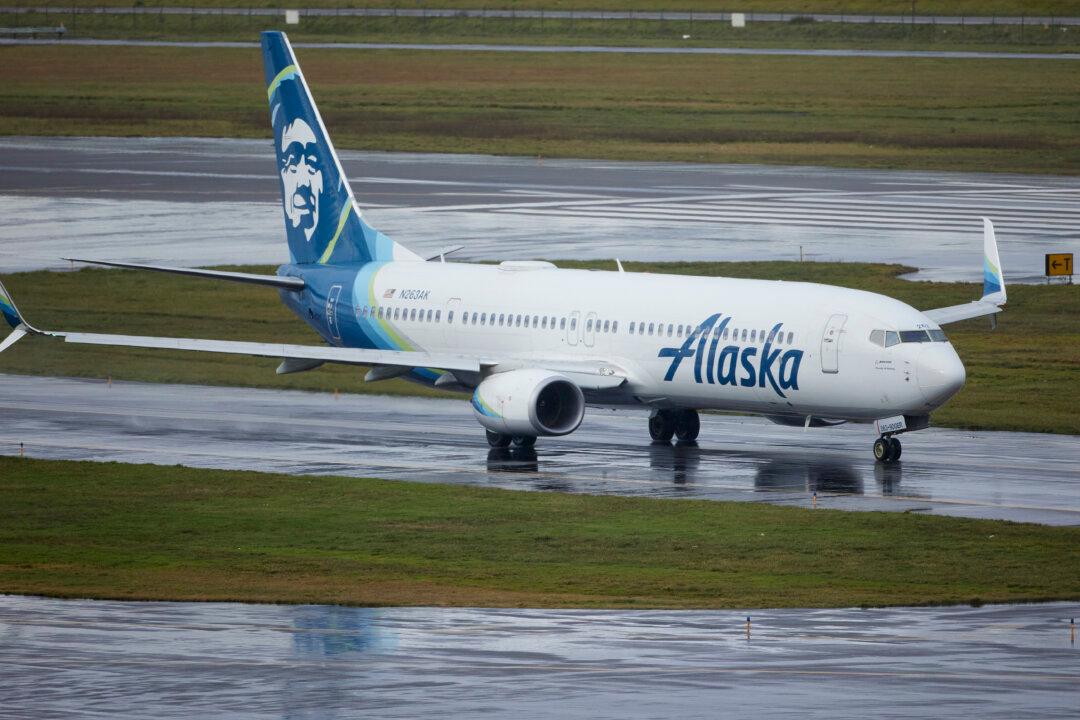The Federal Aviation Administration (FAA) is widening its probe into Boeing and will now look into the manufacturing practices of a subcontractor used by the planemaker, it has announced.
The probe is being expanded to include Boeing subcontractor Spirit AeroSystems, which is based in Wichita, Kansas, the FAA said in a Jan. 17 statement.





